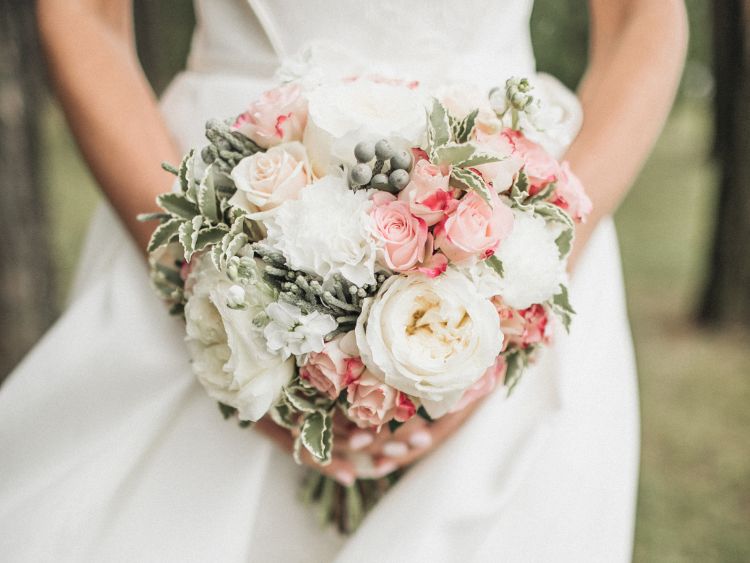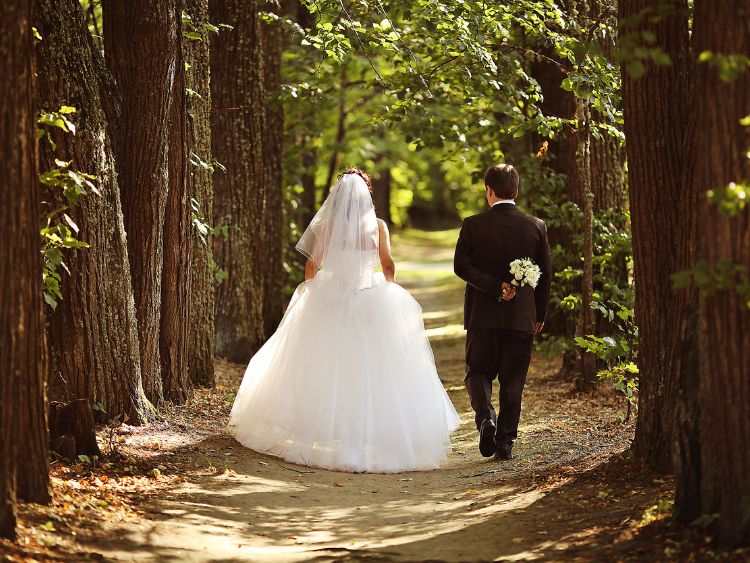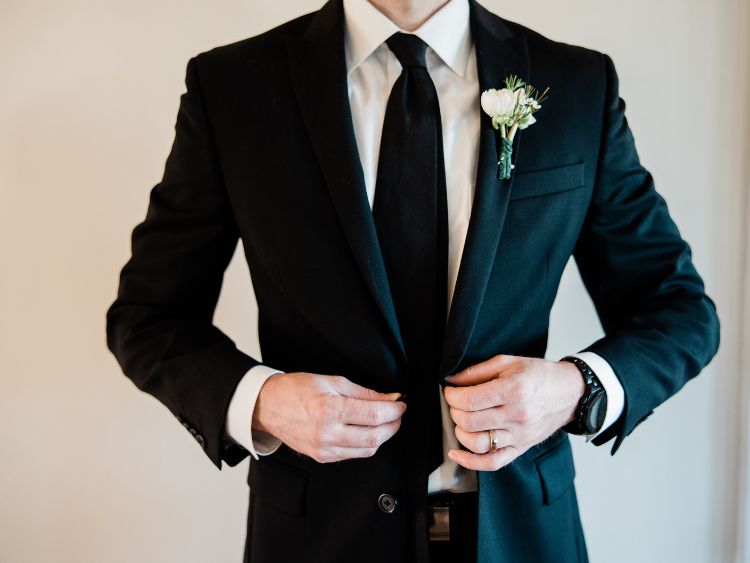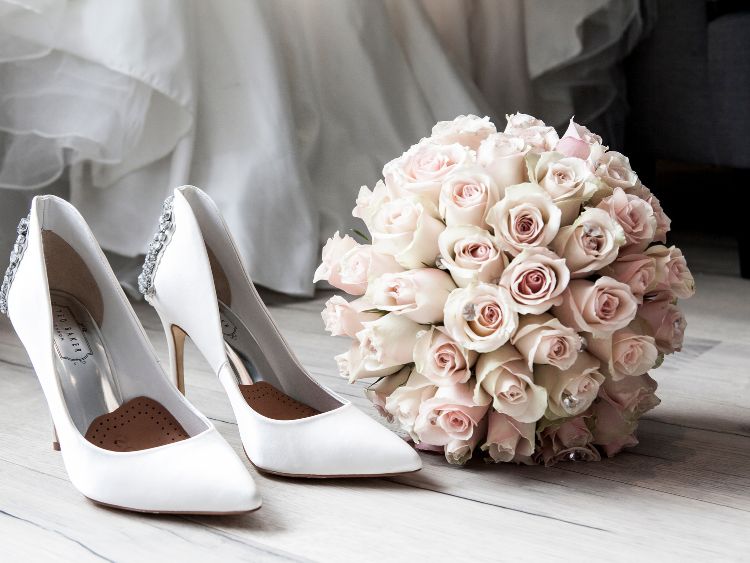When it comes to men’s formalwear, there are two accessories that stand out: vests and cummerbunds. These two items have long been associated with formal occasions, black-tie events, and weddings. However, while they both serve a similar purpose—enhancing the look of a tuxedo or suit—they’re quite different in style and function. In this article, we’ll break down the key differences between vests and cummerbunds, explore their origins, and help you decide when and how to wear each for maximum effect. Ready to learn more? Let’s dive in!
What Are Vests and Cummerbunds?
Before we get too deep into comparisons, let’s start with the basics.
Vests
A vest, also known as a waistcoat in British English, is a sleeveless garment worn over a shirt and under a suit jacket. It’s typically tailored to fit snugly and features buttons down the front. A vest can have various styles, including single-breasted or double-breasted, and may come in different fabrics and colors depending on the occasion.
Vests provide an extra layer of formality and sophistication. They’re perfect for weddings, business attire, and upscale gatherings. Whether worn with a three-piece suit or paired with a tuxedo, a vest can enhance a man’s overall look, giving it that polished, complete feel.
Cummerbunds
On the other hand, a cummerbund is a broad waistband made of pleated fabric, usually satin, that is worn around the waist. Traditionally, cummerbunds are paired with a tuxedo for formal black-tie events. The pleats face upward, and they were originally designed to catch crumbs from falling onto the pants during a meal. Talk about a practical yet fashionable accessory!
Cummerbunds serve as a belt alternative and are generally worn with bow ties. They help maintain the clean, streamlined appearance of a tuxedo by covering the waistband of trousers.
A Quick History Lesson: Origins of Vests and Cummerbunds
The Vest’s Evolution
Vests have been a staple in men’s fashion since the 17th century. King Charles II of England introduced them as part of proper court attire in 1666. Back then, vests were long, reaching down to the knees. Over time, they shortened, becoming the more practical waistcoat we know today.
In the 19th century, vests became an essential part of a man’s formal attire, especially during the Victorian and Edwardian eras. By the 20th century, vests had evolved into a fashionable choice for business and formal occasions alike. Today, the vest remains a key element of the three-piece suit, often worn by grooms, professionals, and anyone looking to add a layer of class to their ensemble.
The Exotic Origins of the Cummerbund
The cummerbund has a more exotic origin, hailing from India. British military officers stationed in India during the British Raj adopted the cummerbund as part of their formal dining attire. It was originally worn by Indian nobility, and the British quickly embraced the style for its functionality and elegance.
By the 1920s, cummerbunds made their way into mainstream Western fashion, becoming a popular alternative to vests for black-tie events. Today, cummerbunds are synonymous with classic tuxedo attire, adding a dash of sophistication to formal looks.
Vests vs. Cummerbunds: Which Should You Choose?
Now that we’ve covered the basics and history of both, let’s talk about when and why you might choose one over the other. While both serve a purpose in formalwear, the decision ultimately comes down to the type of event, personal preference, and style.
When to Wear a Vest
- Weddings – Vests are often part of a groom’s attire and can be matched with the groomsmen’s outfits. They add a cohesive look, especially if you’re going for a three-piece suit.
- Business Formal – In business settings, vests can make you look more polished and put-together. Opt for darker colors for corporate settings.
- Casual Formal Events – A vest can elevate a semi-formal look, even if you’re not wearing a full suit. Pair it with dress pants and a button-down shirt for a stylish yet laid-back vibe.
When to Wear a Cummerbund
- Black-Tie Events – Cummerbunds are the go-to for black-tie occasions. Paired with a tuxedo, they create a sleek, classic look.
- Gala Dinners and Formal Balls – If you’re attending an event where tuxedos are required, the cummerbund is your best option.
- Weddings with a Formal Dress Code – If the wedding you’re attending requires black-tie attire, go for a cummerbund with your tux.
Styling Tips for Vests and Cummerbunds
How to Style a Vest
- Coordinate Colors: While vests traditionally match the suit, don’t be afraid to mix it up. Try contrasting colors or fabrics to add some flair to your outfit. For instance, a grey vest with a navy blue suit can look incredibly sharp.
- Fit is Key: Make sure your vest fits snugly without being too tight. The bottom of the vest should cover the waistband of your trousers.
- Buttoning Etiquette: For a single-breasted vest, always leave the bottom button undone. It’s a subtle but important rule in men’s fashion.
How to Style a Cummerbund
- Pleats Face Up: Remember, the pleats of the cummerbund should always face upwards. Not only is this the traditional way to wear it, but it’s also more flattering.
- Match with Bow Tie: Your cummerbund should complement your bow tie. While black satin is the classic choice, feel free to experiment with different colors or patterns for a more modern twist.
- Trousers Fit: Cummerbunds help hide the waistband of your trousers, so make sure your pants fit well and sit at your natural waist.
FAQs About Vests and Cummerbunds
- Can I wear a vest with a tuxedo?
Yes, you can! A vest with a tuxedo creates a more structured and polished look. It’s a great option for those who want to mix up their formal attire. - Should I wear a cummerbund or vest to a wedding?
It depends on the dress code. If it’s a black-tie wedding, a cummerbund is the traditional choice. For a more flexible dress code, a vest can work well and add some personality to your outfit. - Are vests and cummerbunds interchangeable?
Not really. Vests are more versatile and can be worn with a variety of suits and settings, whereas cummerbunds are reserved for tuxedos and formal black-tie events. - Can I wear a tie with a cummerbund?
No, cummerbunds are typically worn with a bow tie, not a regular necktie. The look is meant to be sleek and classic, and a necktie would throw off that balance. - How should a vest fit?
A vest should fit snugly but not tight. It should sit flat against your chest, and the bottom should cover your waistband.
The Verdict: Vests and Cummerbunds Both Have Their Place
So, which should you choose? Ultimately, both vests and cummerbunds are timeless pieces that add sophistication to your outfit, but they’re suited for different occasions. A vest is versatile and can be worn for both business and formal events, while the cummerbund is strictly for black-tie affairs.
Whichever you choose, make sure it fits well and complements the rest of your outfit. Confidence is key, and wearing the right accessory can make all the difference in pulling off a polished, elegant look.
Authoritative Links on Vests and Cummerbunds
- www.gentlemansgazette.com/vest-guide
- www.blacktieguide.com/cummerbund
- www.realmenrealstyle.com/how-to-wear-vest



